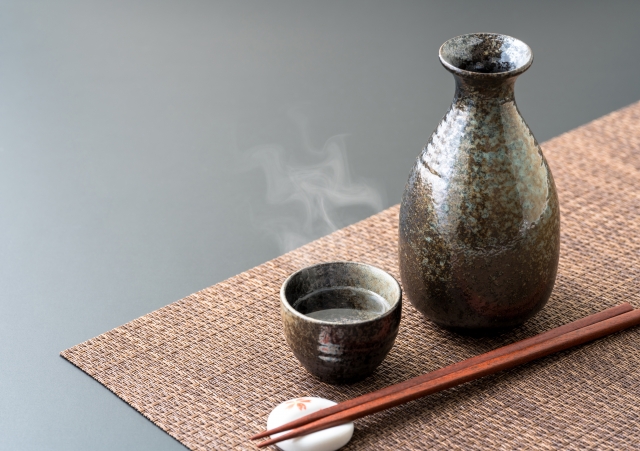
Sake, a beverage celebrated worldwide for its intricate flavors and cultural significance, boasts an exceptional quality rare in the world of alcoholic drinks—its adaptability to a wide range of temperatures. This versatility not only enriches the sake drinking experience but also deeply connects it to seasonal changes and traditional Japanese culinary practices. Here, we delve into the art of enjoying sake at various temperatures, from the crisp "yukihie" (snow chill) to the warmth of "tobikirikan" (piping hot), and the unique experiences each temperature brings to the palate.
Sake Temperatures
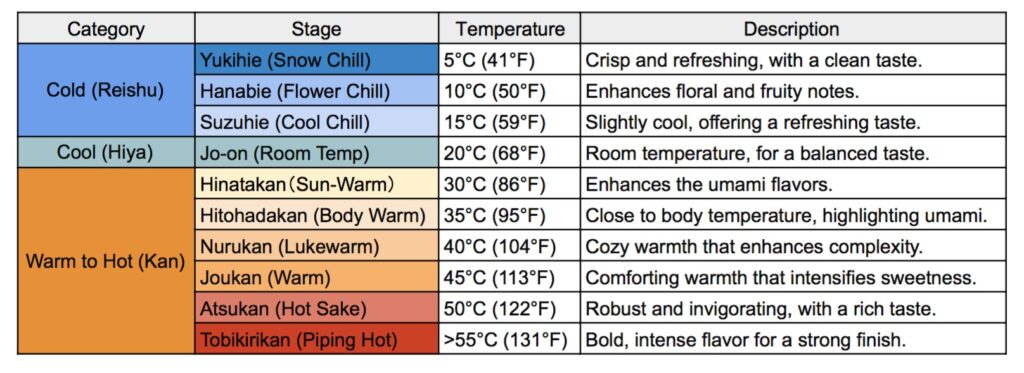
Yukihie (雪冷え - Snow Chill): 5°C (41°F)
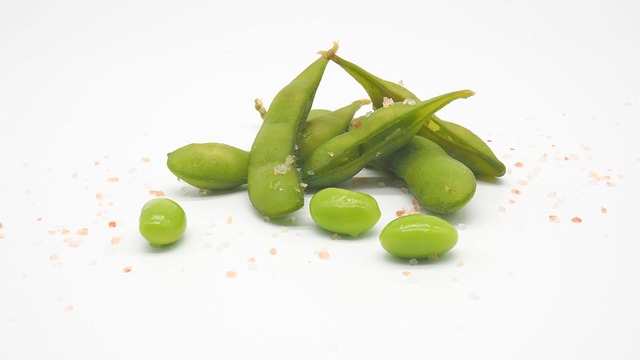
Yukihie offers the coolest sake experience, reminiscent of a crisp, snowy day, enhancing the beverage's clean and refined qualities.
Food Pairings:
Light appetizers like edamame, fresh oysters, or sashimi to complement the crisp, refreshing quality of the sake.
Sake Recommendation:
Dassai 45 Junmai Daiginjo, known for its clean, bright flavors that pair wonderfully with delicate seafood.
Hanabie (花冷え - Flower Chill): 10°C (50°F)
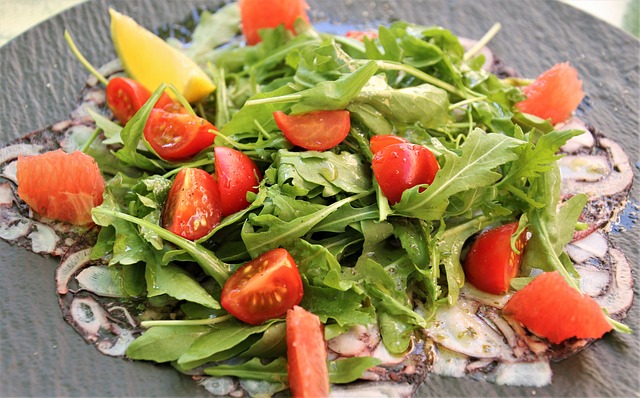
Hanabie, akin to the gentle coolness of spring, accentuates the floral and fruity notes, ideal for light and delicate dishes.
Food Pairings:
Spring vegetables, lightly seasoned white fish, or carpaccio that harmonize with the slightly floral notes of the sake.
Sake Recommendation:
Hakkaisan Tokubetsu Junmai, offering a balanced profile with a hint of floral undertones.
Best 10 Cold Sake Selections & The Ultimate Cold Sake Guide
Suzuhie (涼冷え - Cool Chill): 15°C (59°F)
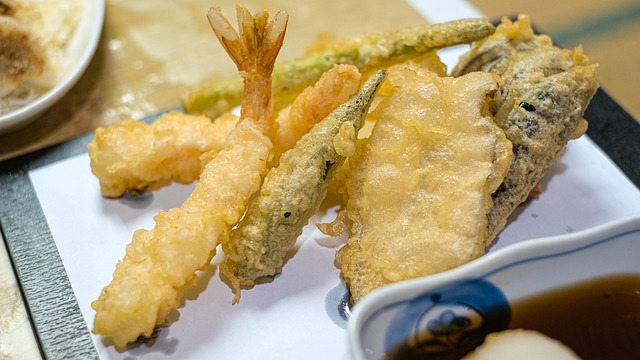
Suzuhie provides a refreshing coolness perfect for summer evenings, bringing out the subtle complexities in ginjo and daiginjo types.
Food Pairings:
Tempura or grilled chicken that matches well with the fuller body and richer flavors brought out at this temperature.
Sushi_When enjoying various types of sushi, it is recommended to drink sake at a cool temperature, known as "Suzuhie." This serving method enhances the delicate flavors of the sushi without overpowering them. Cool sake complements the subtle nuances of the fish, balancing the palate between bites and allowing for a more harmonious dining experience.
Sake Recommendation:
Kubota Manju Junmai Daiginjo, which reveals its complexity and depth when slightly chilled.
Jo-on (常温 - Room Temperature): 20°C-25°C (68°F-77°F)
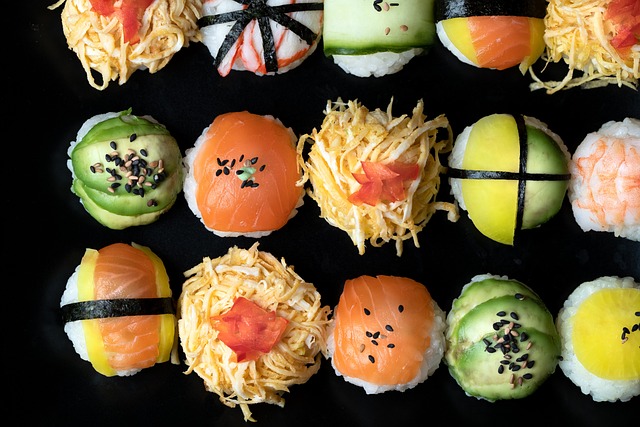
Jo-on allows sake to express its natural balance and is suitable for a wide array of dishes and occasions.
Food Pairings:
A versatile range including sushi, grilled fish, or yakitori. Room temperature sake can complement a wide array of Japanese dishes.
Sake Recommendation:
Tedorigawa Yamahai Jikomi, offering a balance that enhances a variety of flavors.
Hinatakan (日向燗 - Sun-Warmed Sake): 30°C (86°F)

Hinatakan introduces a gentle warmth that enhances the umami flavors, making it an excellent pairing with richer dishes.
Food Pairings:
Steamed clams or light tofu dishes that benefit from the gentle warmth, bringing out the sake's umami.
Sake Recommendation:
Kikusui Junmai Ginjo, which becomes more aromatic and richer in umami at this temperature.
Hitohadakan (人肌燗 - Body-Warm Sake): 35°C (95°F)
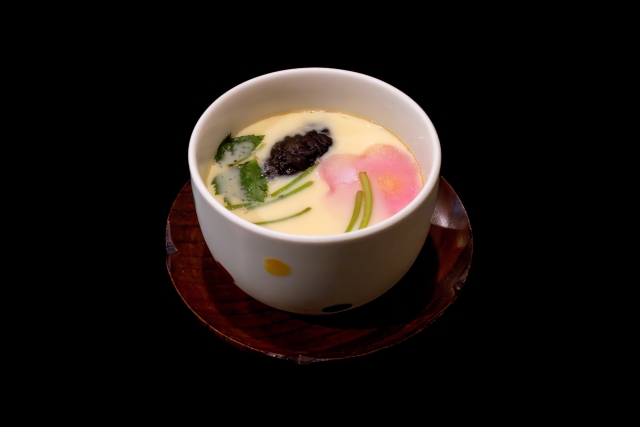
Hitohadakan offers a warmth similar to human skin, unlocking the sake's umami components and making it a perfect match for savory meals.
Food Pairings:
Creamy dishes like chawanmushi or mild, soft cheeses that meld with the comforting warmth of the sake.
Sake Recommendation:
Dewazakura Oka Ginjo, with its gentle fruitiness becoming more pronounced.
Nurukan (ぬる燗 - Lukewarm Sake): 40°C (104°F)
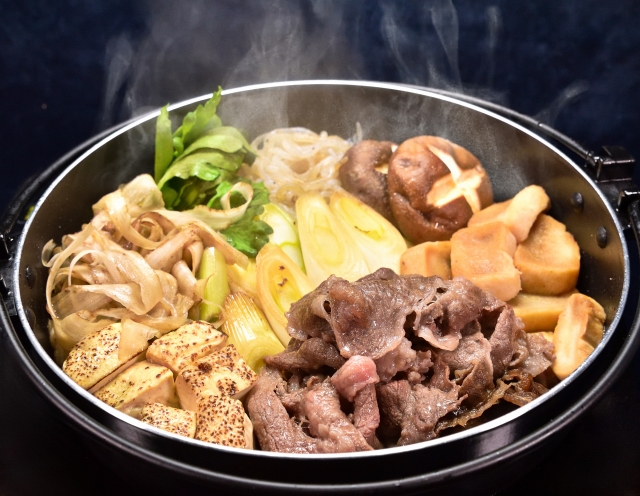
Nurukan provides a comforting warmth that highlights the sake’s depth and richness, ideal for accompanying robust meals.
Food Pairings:
Hearty, umami-rich dishes like miso cod or beef sukiyaki that pair well with the richer, more rounded flavors of sake at this temperature.
Sake Recommendation:
Kenbishi Kuromatsu, known for its robust character that stands up to rich flavors.
Joukan (上燗 - Warm Sake): 45°C (113°F)
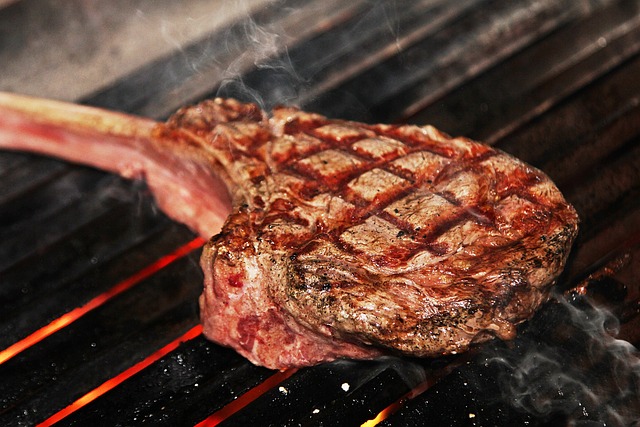
Joukan delivers an inviting warmth that enhances the full-bodied flavors of sake, making it ideal for cold nights and hearty dishes.
Food Pairings:
Grilled meats or root vegetables that align with the comforting warmth and intensified flavors of the sake.
Sake Recommendation:
Masumi Nanago, which offers a complex, umami-rich profile perfect for warm sake.
Atsukan (熱燗 - Hot Sake): 50°C (122°F)
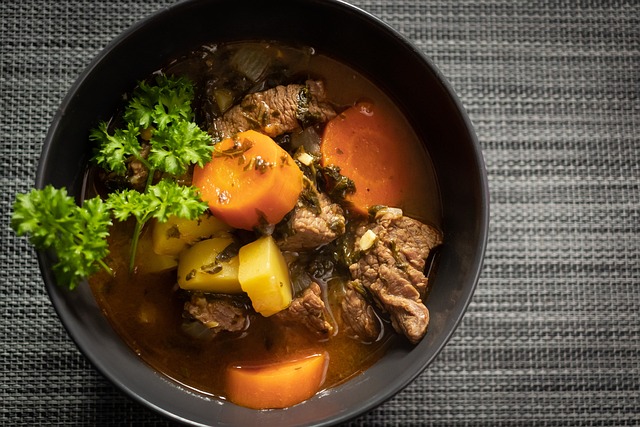
Atsukan, the classic hot sake, envelops you in its comforting warmth, perfect for enhancing the richness of winter dishes.
Food Pairings:
Spicy dishes or hearty stews that can match the boldness and warmth of atsukan.
Sake Recommendation:
Otokoyama Tokubetsu Junmai, which provides a strong, warming presence to stand alongside robust flavors.
Tobikirikan (飛び切り燗 - Piping Hot Sake): 55°C (131°F) and above
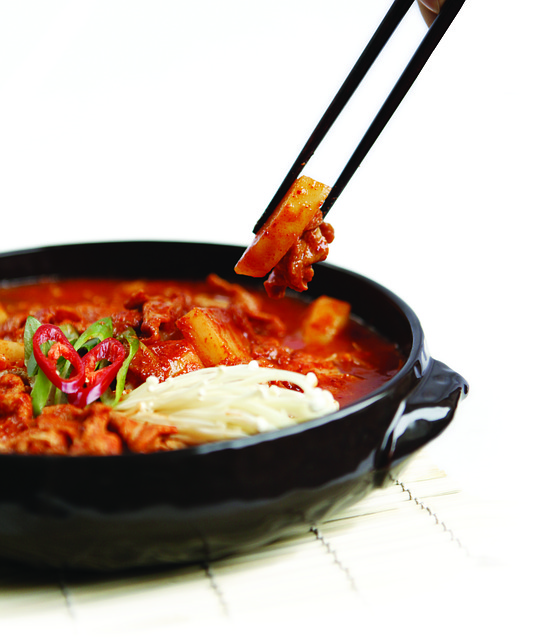
Tobikirikan is the pinnacle of sake warmth, offering a bold expression that deeply resonates with the essence of traditional Japanese cuisine, suitable for very cold days or intensely flavored dishes.
Food Pairings:
Rich, spicy, or salty dishes like kimchi hotpot or salty grilled fish that can handle the intensity of very hot sake.
Sake Recommendation:
Takara Shuzo Taru Sake, offering a bold expression that pairs well with strong flavors.
Beyond the Norm: Creative Sake Serving Methods
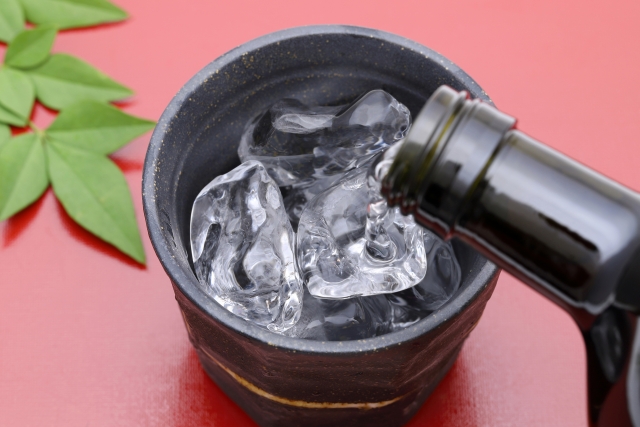
On The Rocks
Enjoying sake "On The Rocks" involves serving the sake over ice cubes in a glass. This method is particularly favored during the warmer months, offering a refreshing twist to the traditional sake experience. The ice slowly dilutes the sake as it melts, gradually changing its intensity and revealing new layers of flavor. It's an excellent way to enjoy the nuanced taste of sake, especially for those who appreciate a cooler, more mellow drink.
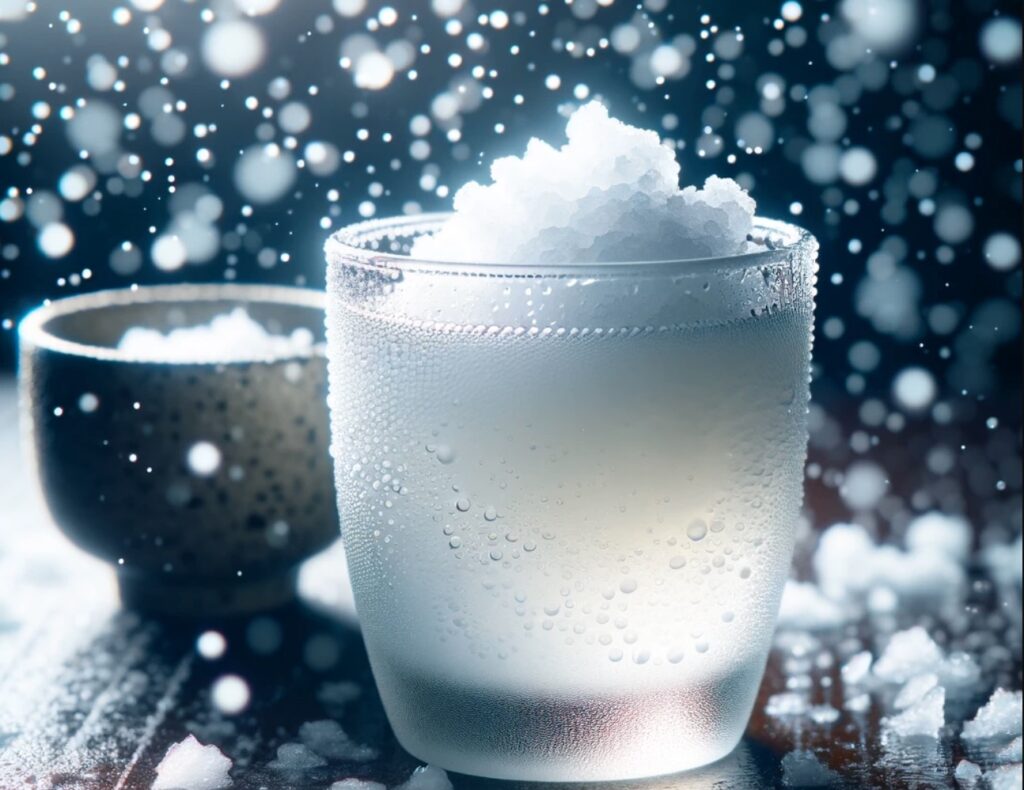
Mizore Sake (Slushy Sake)
Mizore Sake, or Slushy Sake, takes the concept of chilled sake to an exciting new level by pouring sake over shaved ice or crushed ice. This method creates a slushy consistency, blending the crisp, refreshing aspects of ice with the delicate flavors of sake. It's a playful, innovative way to enjoy sake, particularly appealing during the hot summer season. Mizore Sake offers a unique tasting experience, combining the cooling effect of the ice with the aromatic and flavor profiles of sake, resulting in a drink that's both invigorating and flavorful.
The tradition of enjoying sake across such diverse temperatures is a testament to its cultural richness and versatility. Each temperature, from the refreshing yukihie to the invigorating tobikirikan, offers a unique way to experience sake, reflecting the changing seasons and accompanying culinary traditions.
Mastering the Chill: How to Perfectly Cool Your Sake
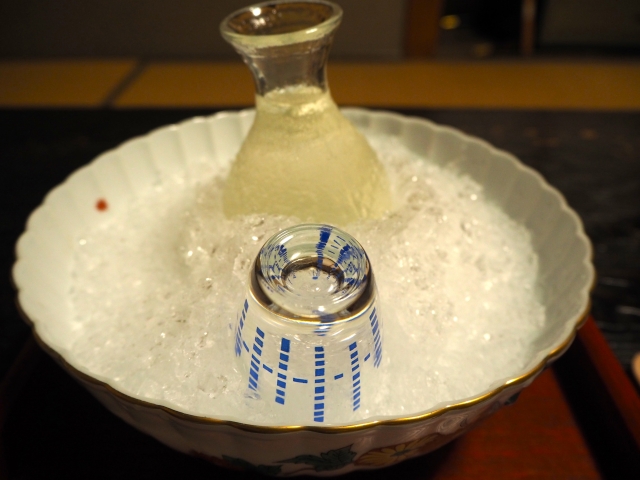
Creating the perfect chilled sake, or reishu, involves more than simply placing a bottle in the refrigerator. The process is an art that respects the sake's delicate balance of flavors and aromas, ensuring that chilling enhances rather than diminishes its quality. Here’s how to chill sake properly to savor its refreshing qualities:
Choosing the Right Sake for Chilling:
Not all sakes are suited for chilling. Generally, lighter, more fragrant varieties like Ginjo and Daiginjo are ideal for serving cold. These types offer floral and fruity notes that become more pronounced when chilled.
Refrigeration:
For a gentle chill, place your sake in the refrigerator for a few hours before serving. The ideal serving temperature for chilled sake ranges from 5°C to 10°C (41°F to 50°F). This slow cooling process helps preserve the sake's integrity, ensuring its flavors are crisp and its aromas are lively.
Rapid Chilling:
If you're short on time, an ice bath is an effective method for rapid chilling. Fill a bucket or large bowl with a mix of ice and water, then submerge the sake bottle up to its neck. This method can bring your sake to the desired temperature in about 30 minutes, making it a quick and efficient option without risking over-chilling.
Serving:
Once chilled, sake should be served in appropriate glassware to enhance the experience. Small, clear glasses are preferred for cold sake as they allow you to appreciate its color and aroma. Pour gently to preserve the sake's delicate bouquet.
Considerations:
Avoid freezing sake, as extreme cold can mute its flavors and disrupt its balance. Similarly, once chilled, sake should be consumed relatively quickly to maintain its freshness and prevent it from losing its character.
By following these steps, you can ensure your chilled sake is served at its best, allowing you to fully enjoy the subtle nuances and refreshing qualities of this exquisite Japanese beverage.
Transforming Flavors: How to Warm Sake Perfectly
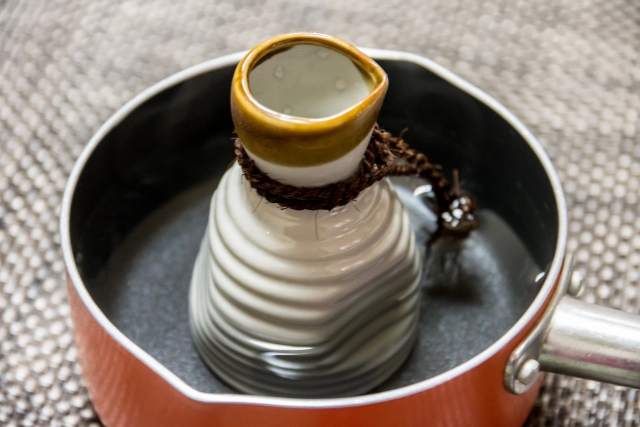
Warming sake, known as "Kanzake," is a traditional method that unlocks a deeper, richer flavor profile, enhancing the drink's inherent umami and sweetness. The process of warming sake can transform your tasting experience, offering a comforting warmth that's particularly welcome in cooler weather. Here's how to properly warm sake to savor its full-bodied complexity:
Selecting the Right Sake for Warming:
Not all sakes are suited for warming. Generally, fuller-bodied sakes with robust flavors, such as Junmai and Honjozo, are ideal candidates for warming, as the heat amplifies their richness and complexity.
Using a Water Bath:
The traditional and most gentle way to warm sake is by using a water bath. Fill a pot with water and heat it until it's warm but not boiling – around 50°C to 55°C (122°F to 131°F) for atsukan (hot sake) and slightly lower for nurukan (lukewarm sake). Place the sake bottle or a tokkuri (sake flask) in the water, letting it sit for a few minutes until it reaches the desired temperature. This method allows for even, gentle warming that doesn't shock the sake or alter its delicate flavors.
Monitoring the Temperature:
Use a kitchen thermometer to monitor the sake's temperature. For nurukan, aim for about 40°C (104°F), and for atsukan, between 50°C to 55°C (122°F to 131°F). It's crucial to avoid overheating, as excessive heat can destroy the sake's nuanced flavors and aromas.
Serving:
Once warmed, carefully pour the sake into small, pre-warmed ochoko (sake cups) or guinomi (larger sake cups), which will help maintain the temperature and enhance the tasting experience. Serve immediately to enjoy the sake at its warm, aromatic best.
Considerations:
Always warm sake gently to preserve its character. Rapid heating or overheating can lead to a loss of flavor and a less enjoyable tasting experience. Additionally, consider the type of sake and your personal preference when deciding on the ideal temperature, as different styles of sake and individual tastes may favor different levels of warmth.
Warming sake is an art that respects the beverage's tradition and craftsmanship. By following these steps, you can ensure a deeply satisfying and culturally rich sake experience, perfect for cold evenings or when you're in the mood for something soothing and warm.
Conclusion: A Spectrum of Delight
The ability to enjoy sake from snow chill to piping hot not only showcases its unparalleled versatility but also enhances the dining experience, making every sip a journey through Japan's rich gastronomic and cultural landscapes. Whether you prefer the crispness of a cold pour or the warmth of a hot serve, exploring the full range of sake temperatures promises a deeper appreciation and understanding of this beloved beverage.
Embrace the Temperature Adventure
We invite you to explore the vast spectrum of sake temperatures, experimenting with different serving conditions to discover how they influence flavor, aroma, and overall enjoyment. From the serene chill of yukihie to the cozy warmth of tobikirikan, let each pour deepen your connection to the timeless tradition of sake.
